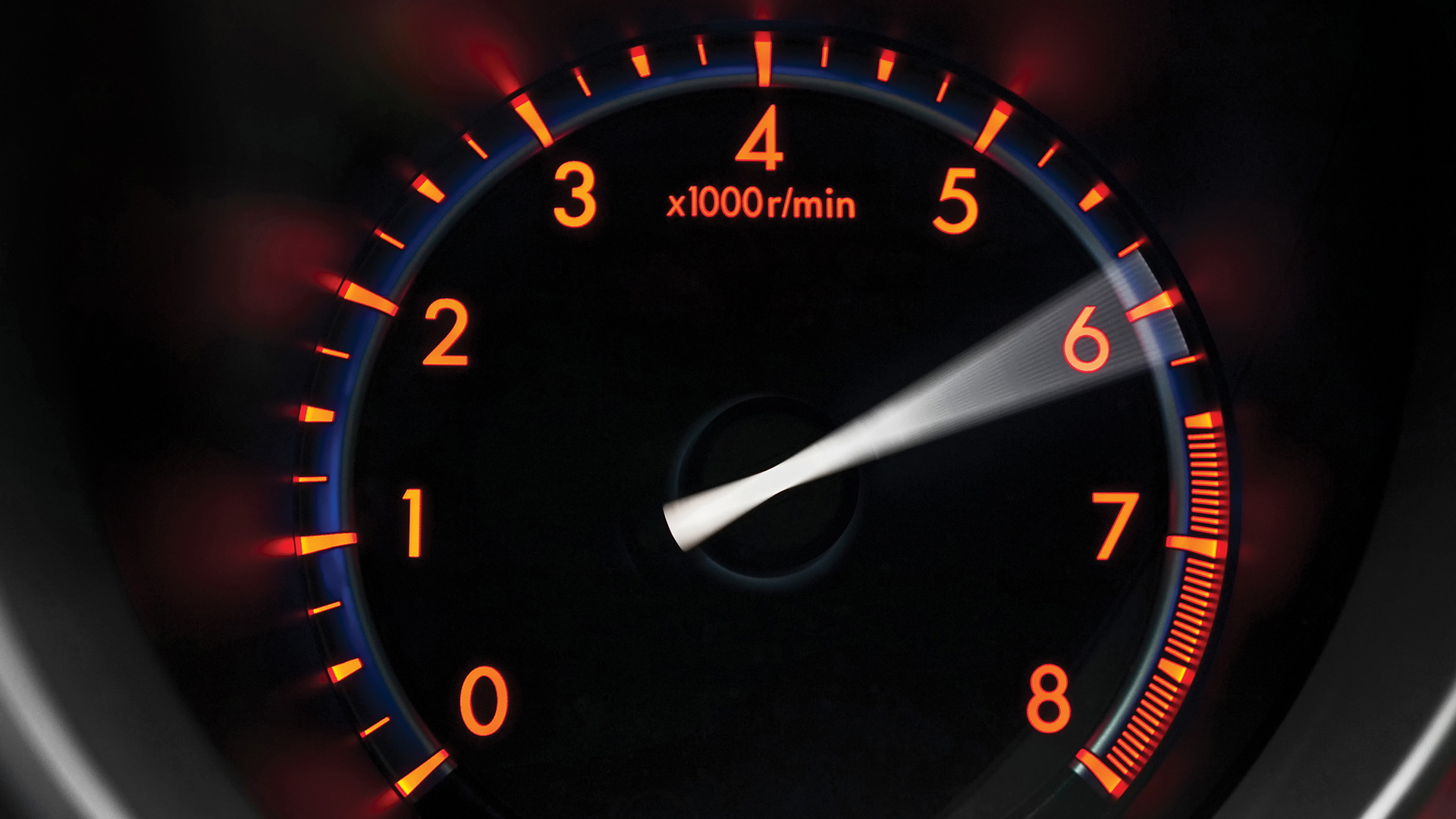
Officers experience risk daily. Managing these risks can come with a certain level of anxiety to engage alertness and remain vigilant. However, anxiety may begin to negatively impair performance on duty and in life when the perceived risks are high and the perceived coping resources are low. What, specifically, are these risks that generate the anxiety? What does such excess unproductive energy look like? And what can an officer do to restore internal balance?
Specific risks
Some officers may experience generalized anxiety disorder (GAD) when they are not certain of any outcomes (such as an OIS case being reopened by the district attorney, or being assigned to home for an extended period of time without knowing what is happening with their disciplinary case). It is the risk of uncertainty that generates the anxiety.
Obsessive-compulsive disorder (OCD) manifests itself when officers are engaging in repetitive behavior to avert danger (such as repeatedly looking in the rearview mirror to see if they are being tailed, or checking the locked doors multiple times to make sure their family is safe after their names were printed in the newspaper following an OIS). It is the risk of harm that is believed might come to self or others that generates the anxiety.
Anxiety may begin to negatively impair performance on duty and in life when the perceived risks are high and the perceived coping resources are low.
Some officers may experience panic disorder when they fear they may be ruined (such as an unwanted divorce or threat of prison). It is the risk of physical or emotional catastrophe (such as dying, loss of control or going crazy) that generates the anxiety.
With social phobia, it is the risk of being the focus of attention or being embarrassed that generates this anxiety. In such cases, officers may avoid standing in front of roll call to discuss a pressing issue, presenting at conferences despite their expertise or even getting in front of family and friends to take their marriage vows.
In any given anxiety disorder, officers’ perception of their own coping resources (to deal with the threat or danger) is diminished. The formula looks like this: risk ↗ coping ↘ = anxiety.
Specific symptoms
One way to conceptualize anxiety is excess unproductive energy. (Analogy: your car engine is over-revving, but your foot is not even on the pedal.) This leads to you (and your car) going nowhere, but you (and your car engine) are exhausted from all the work. Ultimately, there will be damage to your nervous system (and your car engine), and it can result in a worst-case scenario of a loss of power (for you and your car).
This excess unproductive energy is known as “overarousal” of the autonomic nervous system (aka, over-revving your human engine). Officers may experience these symptoms after a critical incident. Consider if you have one or more of the following symptoms:
- Physical: Chills, thirst, fatigue, nausea, fainting, twitches, vomiting, dizziness, weakness, chest pain, headaches, elevated blood pressure, rapid heart rate, muscle tremors, shock symptoms, grinding of teeth, visual difficulties, profuse sweating, trouble breathing, heaviness
- Cognitive: Confusion, nightmares, uncertainty, hypervigilance, suspiciousness, intrusive images, blaming, poor problem-solving, poor decision-making, poor attention, decreased memory, disorientation, difficulty identifying objects, heightened alertness, decreased alertness,
worry/“what if” - Emotional: Fear, guilt, grief, panic, denial, anxiety, agitation, irritability, “short fuse,” depression, feeling “numb,” intense anger, apprehension, shock, overwhelm, detachment, confusion, uncertainty
- Behavioral: Withdrawal, avoidance, insomnia, pacing, loss or increase in appetite, craving certain foods, smoking more cigarettes, drinking, hyperalertness, change in social life, avoidance behaviors, oversleeping

Specific strategies
Risks are inherent in life and on the job, so it can be quite normal to have one or more overarousal symptoms at any given point in time. Consider subjectively rating your level of distress on a scale of 0 to 10 (where 0 = no distress, and 10 = emergency room or immediate hospitalization needed). If you are at 0–2, your symptoms are manageable and you may have no need to intervene. If you are at 8–10, crisis management is needed, and your immediate attention and professional intervention are required. If you are at 3–7, you want to intervene (professionally or otherwise) to bring it down to the manageable range before it crescendos or suddenly spikes into a full-blown crisis.
Consider one or more of the following specific strategies to alleviate symptoms and increase coping. These arousal reduction methods can assist officers in managing higher levels of autonomic overarousal.
Progressive muscle relaxation: This relaxation technique focuses on slowly tensing and then relaxing each muscle group. This helps increase awareness of physical sensations and helps differentiate between muscle tension and muscle relaxation. Often, officers think they are relaxed (e.g., at home watching TV with the family on their RDO) when they are unaware that they remain tense from the demands of work.
Applied relaxation: This relaxation technique involves officers first identifying situations in which panic is likely (as well as specific early panic cues for them). Then they are taught progressive muscle relaxation, and they learn to become relaxed more and more quickly over the course of treatment.
Breathing retraining: When officers want to change their emotional arousal, they can simply shift their attention to their breath. To increase a sense of calm, initiate a breath control strategy such as diaphragmatic breathing (aka belly breathing, often used by athletes at the Mental Training Academy and professional musicians), box breathing (aka four-square breathing, often used by Navy SEALs and SWAT officers), resonant or coherent breathing (aka HRV breath, often used by professional athletes) and so on.
Guided imagery: This strategy involves listening to another’s (live or recorded) voice to help the mind relax and gently shift its focus from overarousal to calm and centered. Guided imagery sometimes includes soothing background music or sounds (e.g., nature) as well.
Mindfulness techniques: These strategies help the mind become centered, here and now, in the present moment. All tend to involve the officer’s intention to increase awareness, attention to what is happening in the present moment (e.g., thoughts, feelings, physiological sensations), and an attitude of being curious yet nonjudgmental.
In addition to the arousal reduction strategies above, there are psychological strategies to alleviate anxiety symptoms that are not arousal reduction methods. These include problem-solving (which is helpful when also treating for depression), exposure (often used to treat phobias, panic disorder and PTSD), skill development (e.g., interpersonal effectiveness, communication, assertiveness), activity scheduling (often designed to decrease loneliness and increase enjoyment while promoting an officer’s personal values), emotion regulation (so one’s emotions are not on a rollercoaster) and acceptance (including radical acceptance — to keep pain from turning into suffering).
As seen in the October 2022 issue of American Police Beat magazine.
Don’t miss out on another issue today! Click below:





